
- The Memory Management BSoD in Windows 11 is connected to RAM issues but there are lots of other causes for the error.
- This is the function that handles your memory and it’s crucial for the proper functioning of your system.
- You should also look for any problems related to file corruption, driver mismatch, and hardware incompatibilities.

XINSTALL BY CLICKING THE DOWNLOAD FILE
BSoD errors were very unpleasant in Windows 10 and most certainly, they are no different in Windows 11 because they seem to appear out of nowhere, and usually, they are pretty serious.
Such stop code is the Memory Management blue screen error that can signal a problem with your RAM but can also have other roots as you will soon discover.
Here, we will provide all the possible solutions for this issue but first, let’s get through some information about Memory Management in Windows.
What causes the Memory Management blue screen error?
As obvious as it may sound, Memory Management is the function that handles your system memory and it’s crucial for the proper functioning of your system.
Its role is to track the memory location and to manage the transfer of memory and processes between your RAM and physical memory when you’re running a program.
It basically decides how much memory you have and what amount to allocate to each program or process and when you close that process, it signals the free memory or allocates it to another one.
Now let’s see what can cause a Memory Management BSoD error:
➡ Failing or improperly connected RAM module
The Memory Management error is directly associated with RAM so the main cause for this blue screen is a faulty or improperly connected RAM module.
Therefore, in the worst-case scenario, you will have to replace that module. You will see how to really check if you have such hardware problem.
➡ Hardware problem or incompatibility
Even though this is mainly a RAM issue, any other hardware compatibility problem can trigger this blue screen.
The other possible component responsible for this error is the graphics card and its drivers, to be more precise.
➡ Software issues and corrupt system files
In a more optimistic scenario, the Memory Management stop code can be caused by some corrupt files on your system.
We’re not saying that it’s really a good thing, but file corruption problems can be fixed easier with a little time and effort and that’s certainly better than buying new RAM.
Now that we know exactly what is this error and what causes it, we can start troubleshooting the Memory Management error.
How can I fix the Memory Management error in Windows 11?
1. Run the Memory Diagnostic tool
- Click the Search icon on your Taskbar, type memory diagnostic, and select the app from the results.

- Select the first option, Restart now and check for problems.

- After the restart, the Memory Diagnostic tool will start checking your RAM for problems and if it finds any, you will receive details about it. If not, the system will start booting normally.
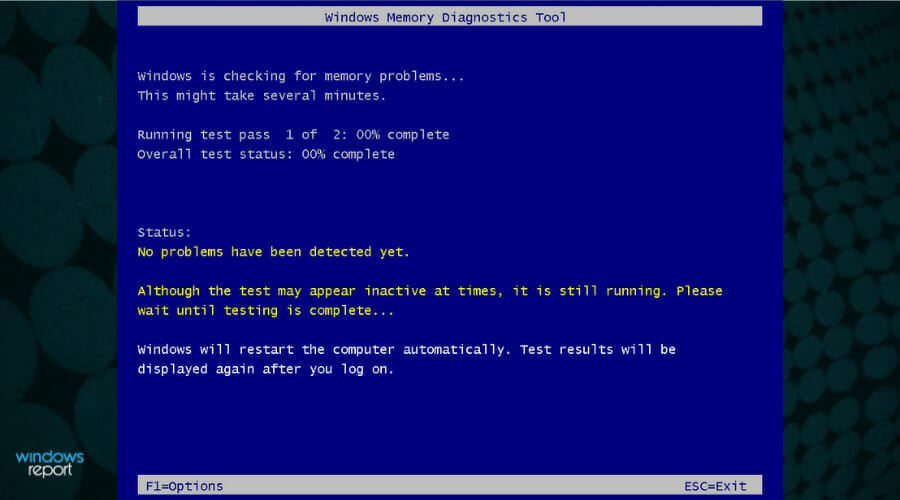
If the tool detects a problem, it usually is about one or more RAM modules being faulty. If you recently replaced them, check again their compatibility and see if they are properly inserted in their sockets.
2. Check for Windows updates
- Click the Start button, then choose Settings.

- Select Windows Update from the left menu and click the Check for updates button from the right pane.

- If there are any updates, the system will download and install them. Restart the PC after it finishes the process.
Sometimes, a simple system update can fix everything and you’ll never know what the issue was all about in the first place.
3. Check for driver issues
- Click the Search icon on your Taskbar, type device manager, and click on the app from the results.
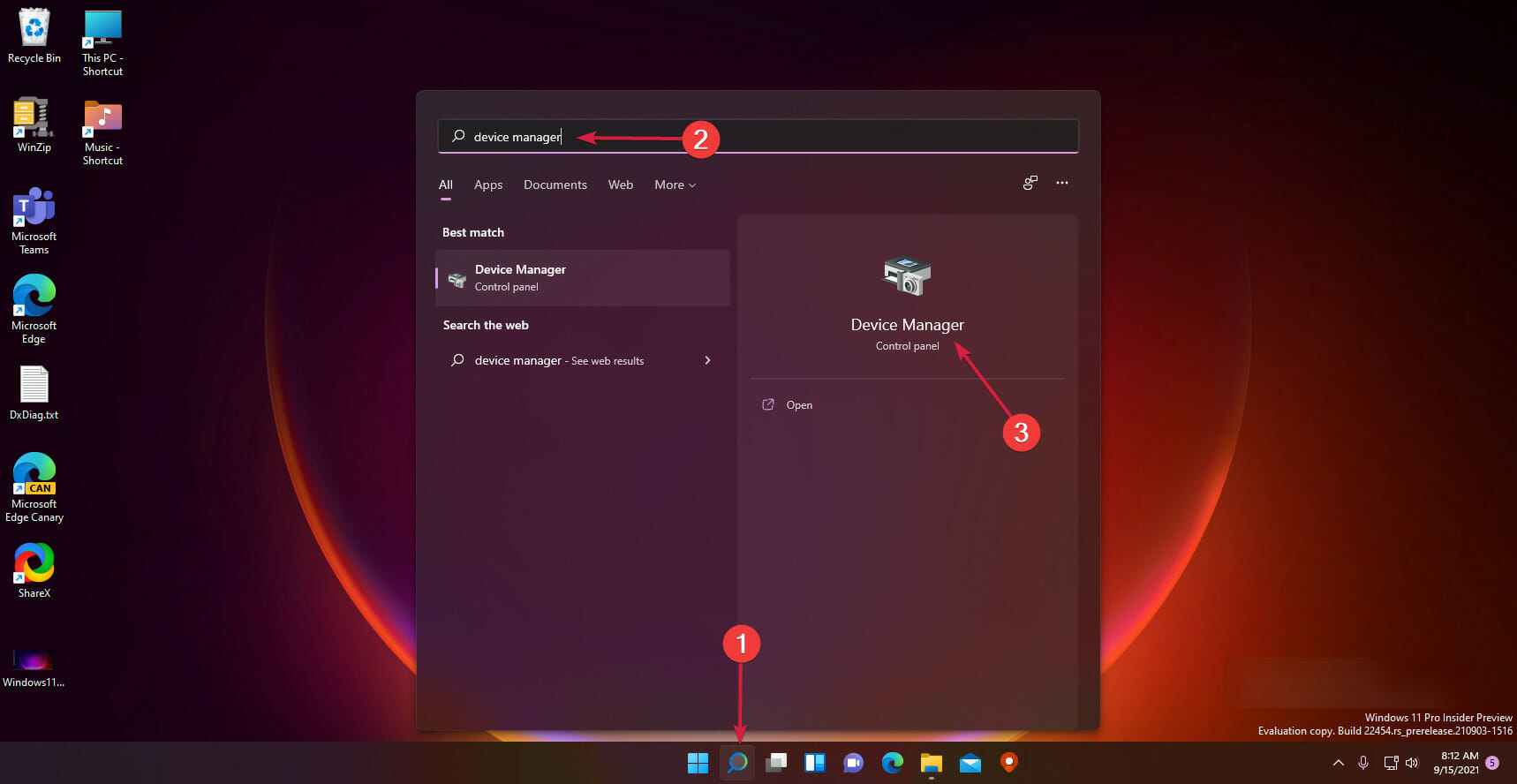
- Check the list and look for any driver that is marked with an exclamation mark.

- If you find one, right click on it and select Update driver.
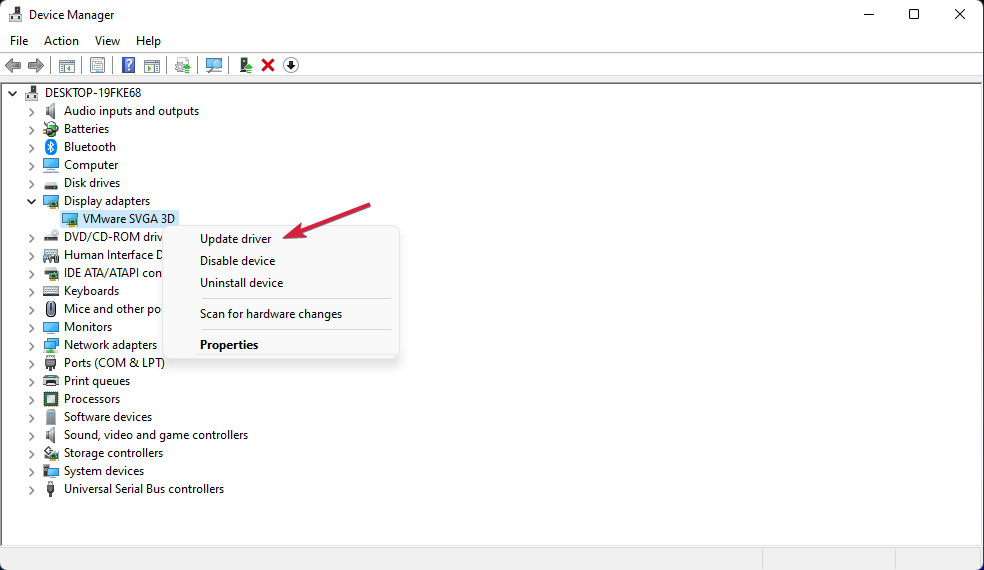
- Select the first option, Search automatically for drivers.
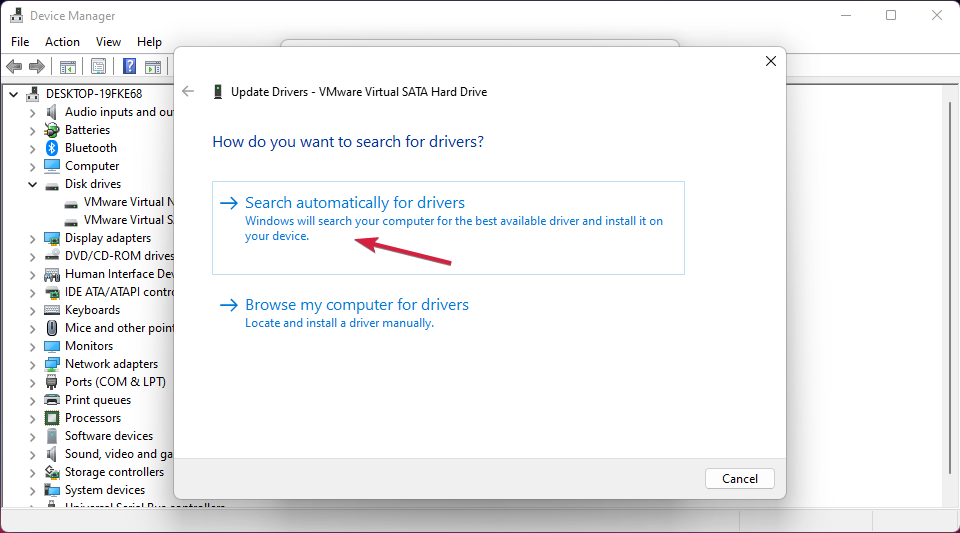
- If the system finds a new driver, it will install it and you will be prompted for a restart. If not, you can click on Search for updated drivers on Windows Update.

- Select Advanced options.
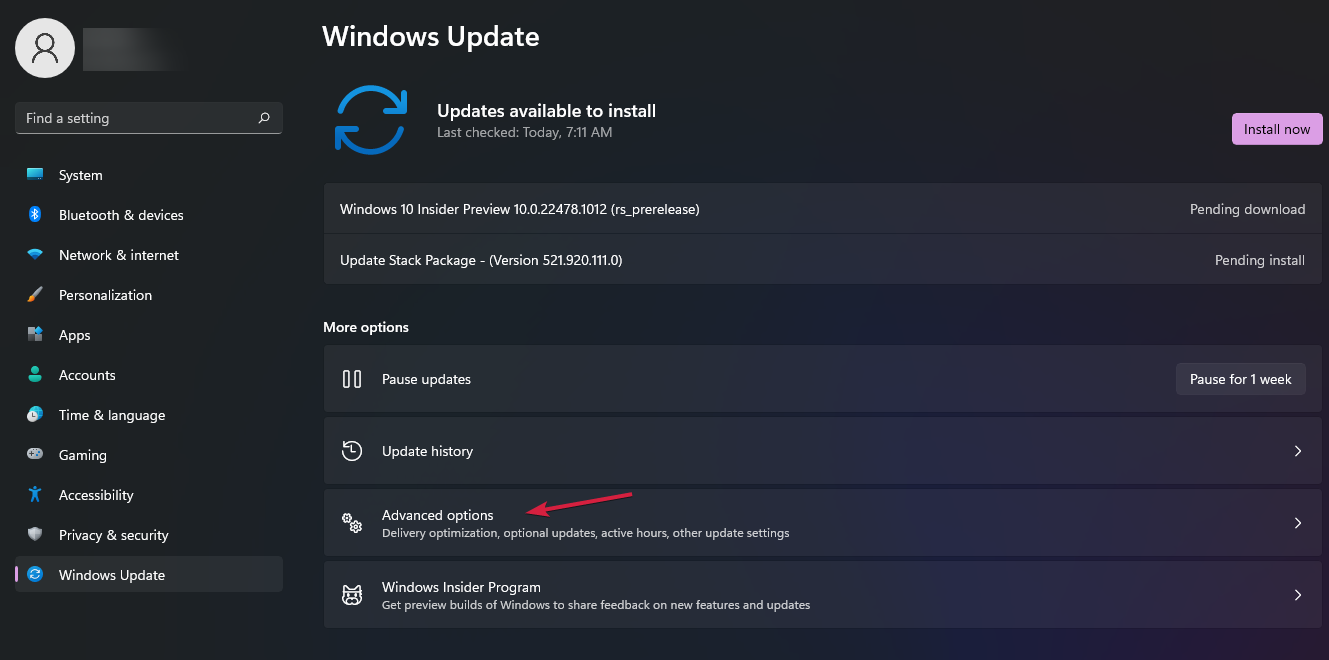
- Look under the Optional updates section. If there are any such updates related to drivers, install them, then restart your PC.

4. Run a SFC scan
- Select the Search icon on the Taskbar, type cmd, and select Run as administrator to start Command Prompt with full privileges.
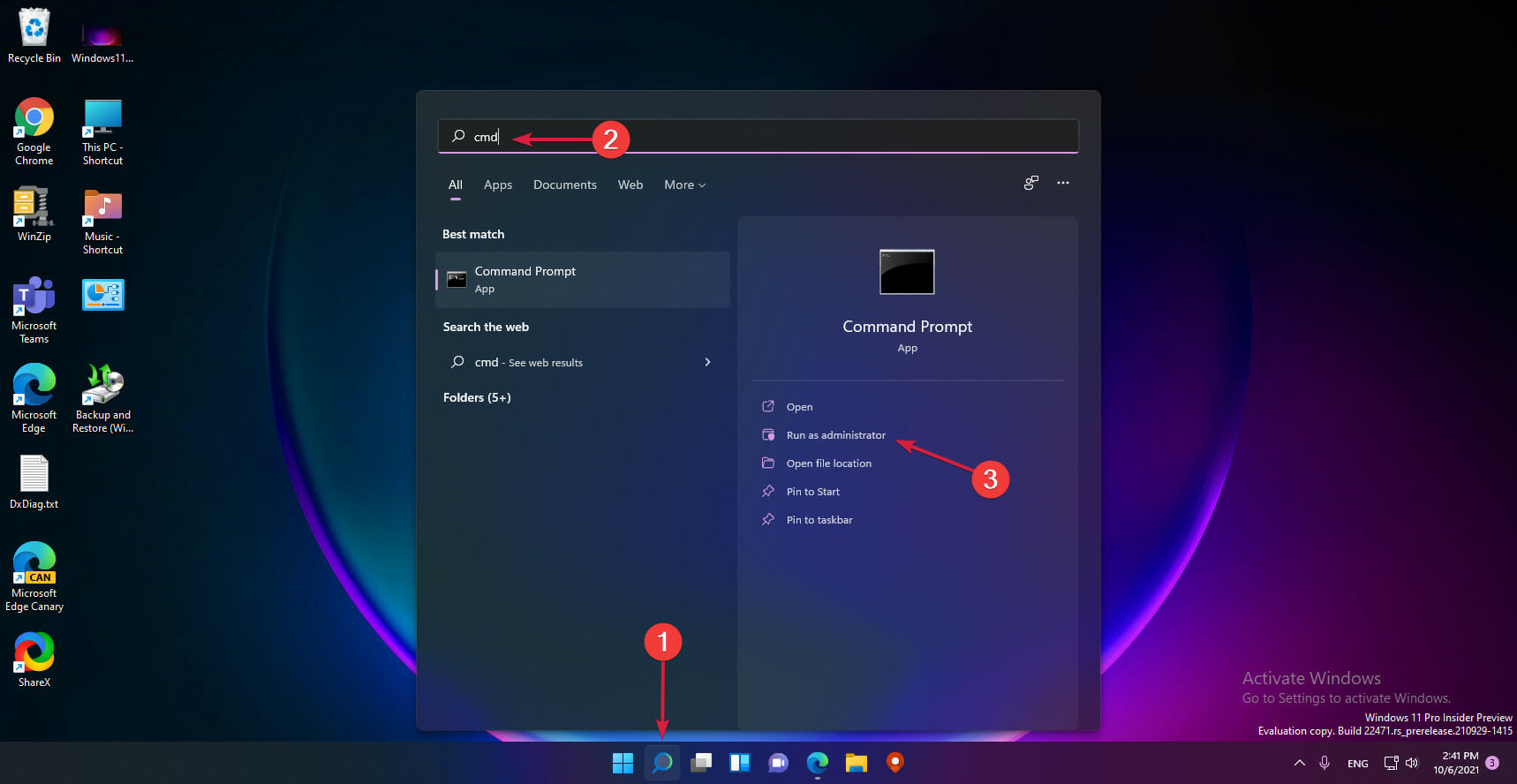
- Type or paste the following command and press Enter to run it:
sfc /scannow
- The System File Checker will look for any corrupted system files and attempt to repair them. Wait until the process is finished and restart the system afterwards.
5. Run a CHKDSK scan
- Click the Search option from the Taskbar, type cmd and select Run as administrator to start Command Prompt with full privileges.

- Type or paste the following command and press Enter to run it:
chkdsk /r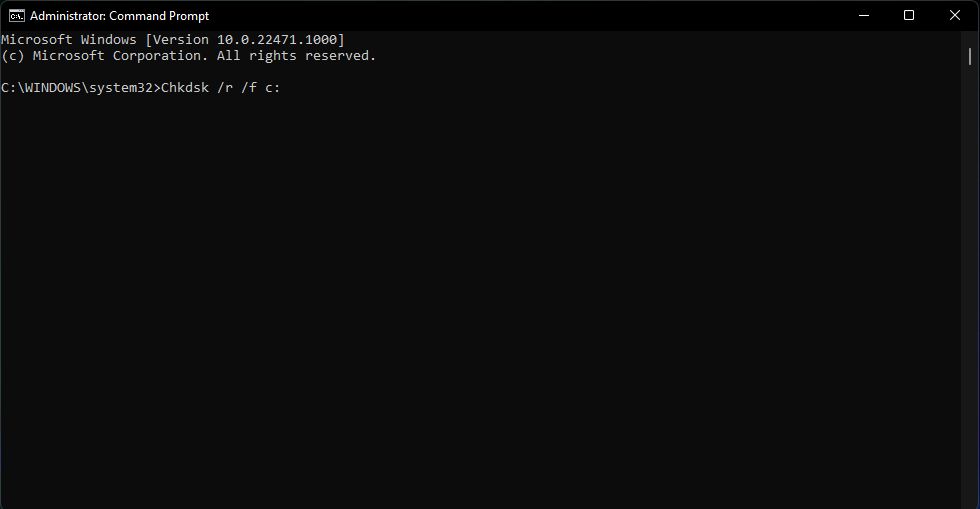
- The CHKDSK tool will start detecting any problems with your drive and try to fix them. Wait for the procedure to end, then restart your PC.
As strange as it may sound, the root of the problem may be one or more bad sectors on your hard drive which in turn may produce file corruption and more.
6. Reset your PC

NOTE
Back up your important data before performing this step as it may cause data loss.
- Click the Windows button and select Settings.
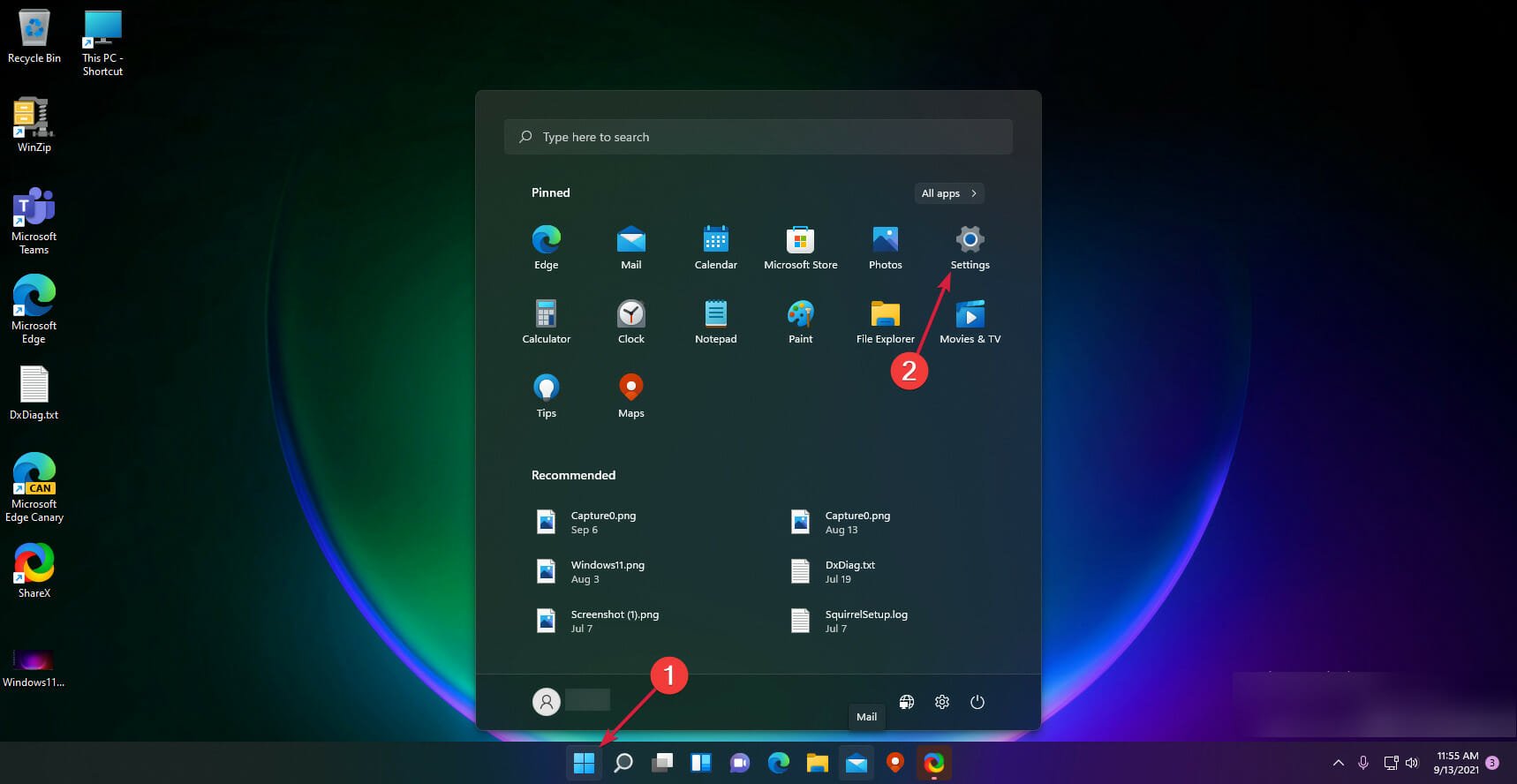
- Choose System from the left pane, then scroll down on the right pane and click on Recovery.
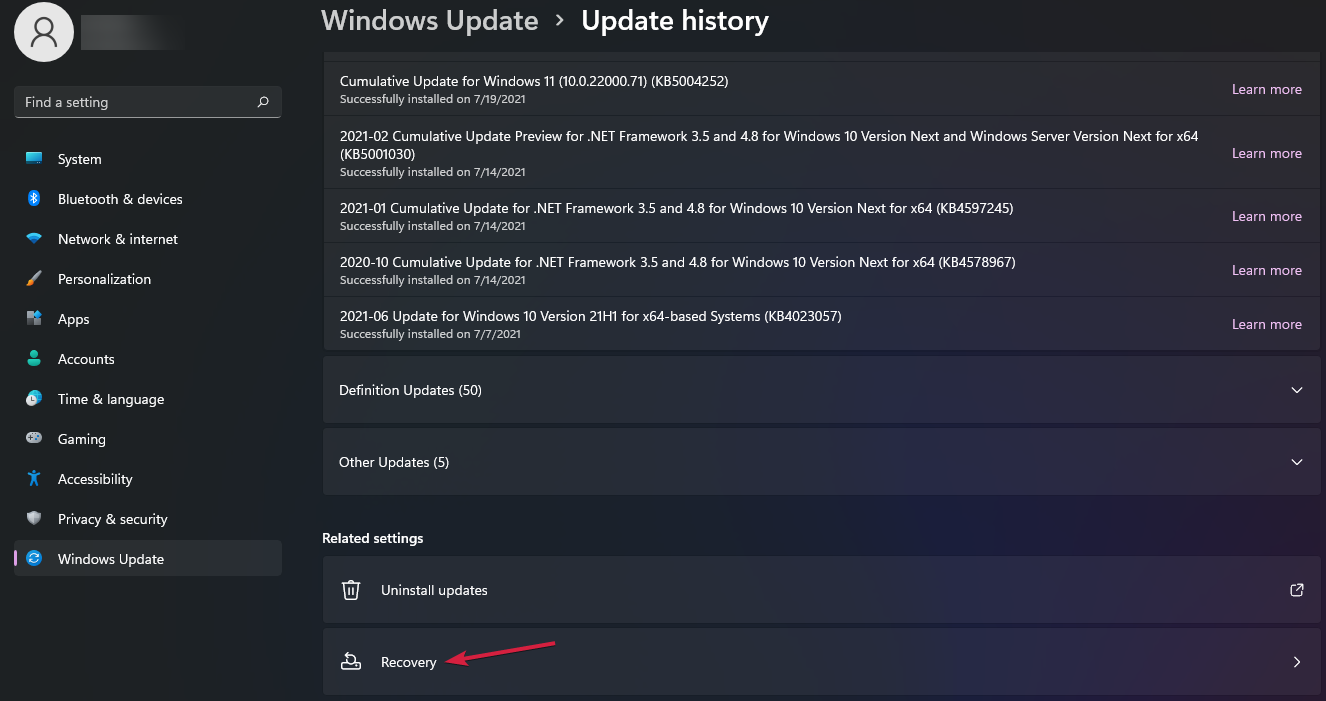
- Now select the button to the right from the Reset this PC option.
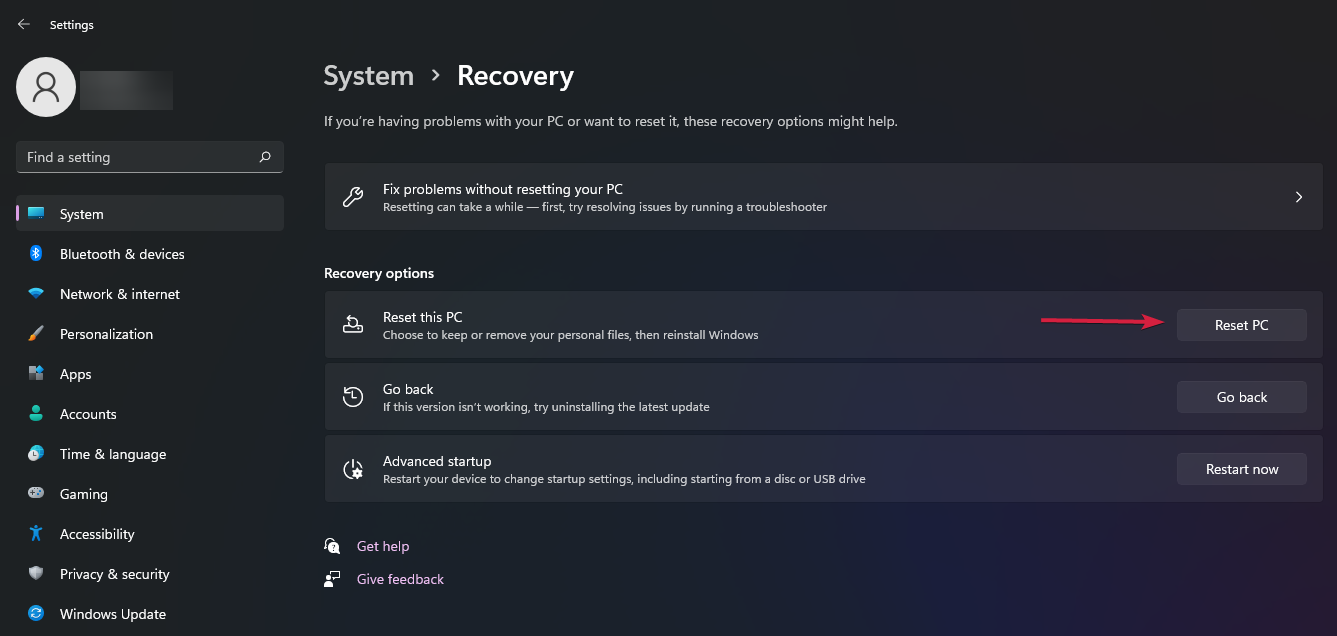
- You can choose whether you want to keep your files or erase them and we would advise to go for the first choice.

- Now you can opt for a Cloud download or using a local source for the Windows 11 kit. Again, we recommend the first option although it would require 4 GB of free space on your drive.

- Review the data and click Next.
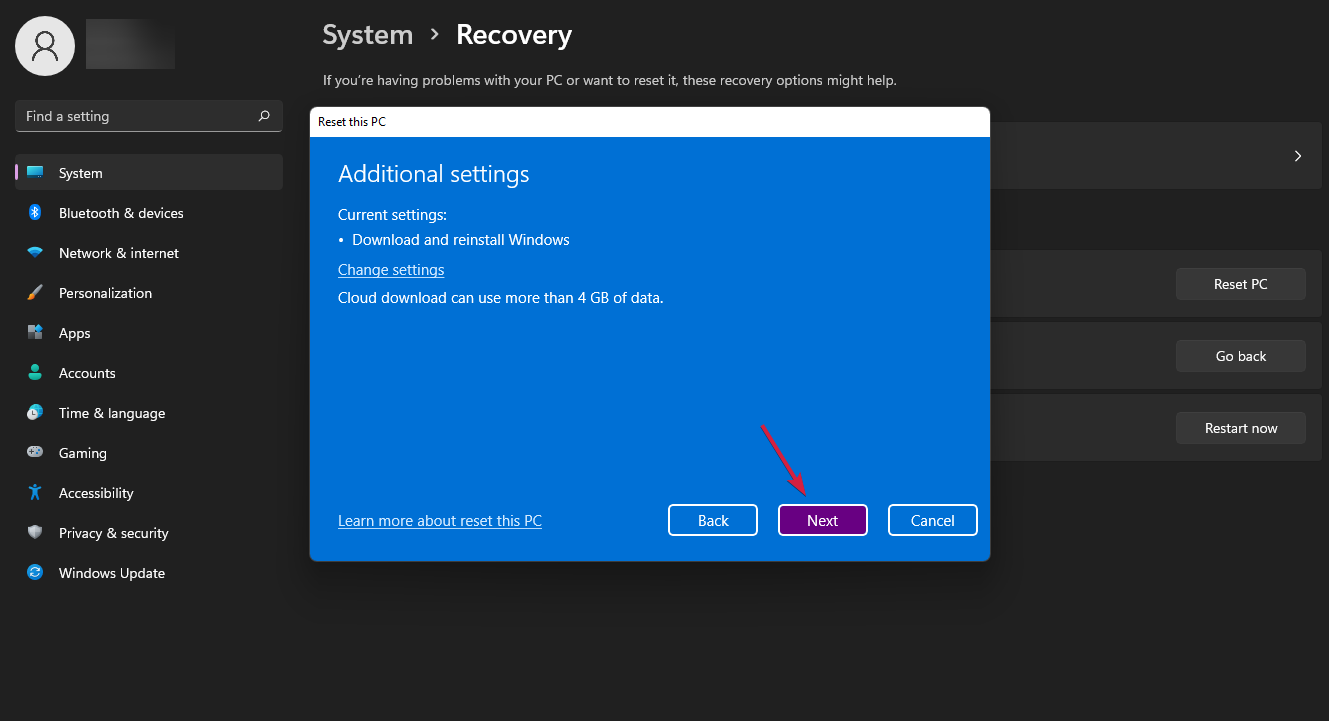
- The PC will restart, and the Windows 11 installation process will start. Follow the instruction on the screen to complete the procedure.
Resetting your computer is the last resort for this problem but if nothing else works, it’s worth thinking about it.
How to free up memory in Windows 11?
Of course, the Memory Management error is a critical one but in the meantime, if your system has become very slow, the reason might be also a crowded startup list.
In other words, there might be a lot of apps running on startup and in the background and they all can use your precious resources. Here’s how you can clear that issue:
- Click on the Search icon, type task manager, and open the app from the results.

- In the Task Manager, go to Startup.
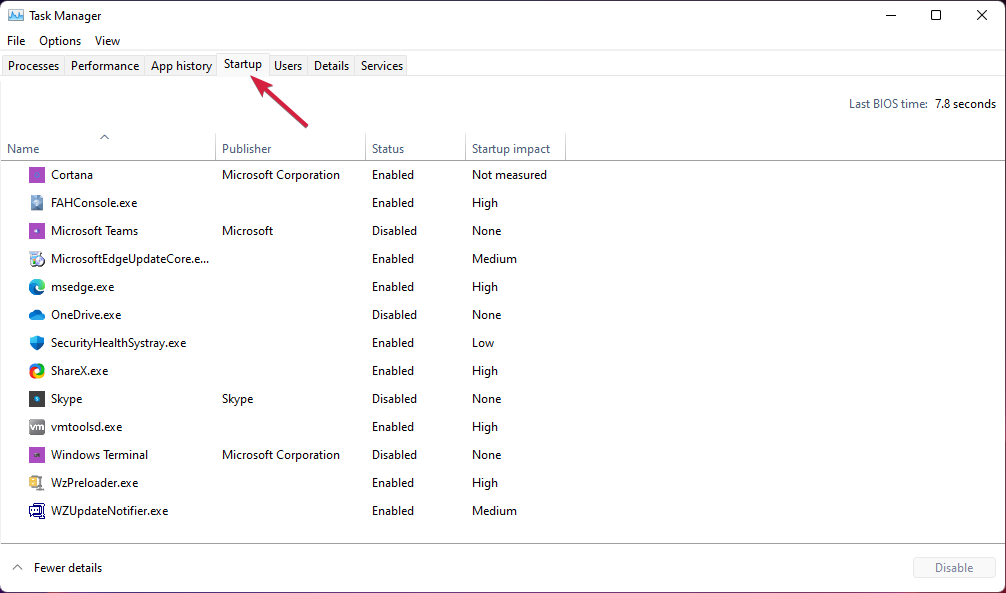
- Right-click on an app and select Disable.

This is a simple method of memory management that you can perform very easily and after that, the apps you disable won’t run when the system starts.
Disabling all unnecessary startup programs will keep your PC running optimally. However, be careful not to disable any important processes.
If you have any other memory problems, you can also learn how to deal with high RAM usage in Windows 11.
We hope that our solutions helped you fix the Memory Management error in Windows 11 and now it runs again as it should.
For any questions or suggestions, don’t hesitate to tell us all in the comments section below.
Start a conversation
